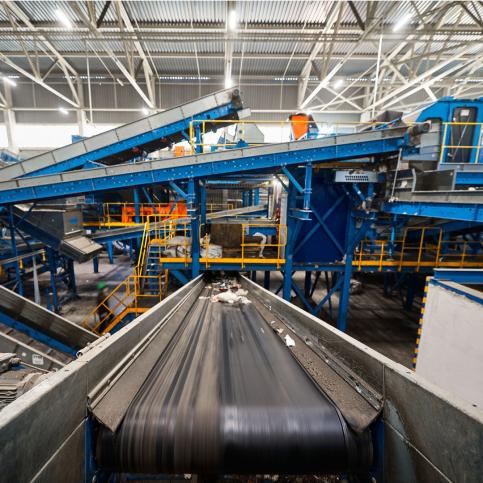
Role Of Drive And Snub Roller In Maintaining Conveyor Belt Tensioning
Conveyor belts play a crucial role in many industrial operations. From mining to production, they help companies move materials, equipment, and products around. However, the success of these systems depends on the maintenance of adequate tensioning and tracking. This is where drive and snub rollers come in. In this blog, the role of drive and snub rollers in maintaining conveyor machine tensioning and tracking will be explored.
Understanding drive and snub rollers
What are drive and snub rollers?
The drive roller is the powered roller in a conveyor belt system. The drive roller is usually located at the head end of the conveyor and rotates to move the belt forward. The snub roller is the unpowered roller located at the end of the conveyor belt closest to the drive pulley. It is located at the tail end of the conveyor and keeps the belt tight against the return idler.
Role of a Drive Roller
These rollers are driven by an electric motor and move the belt forward. They are designed to provide traction to the belt and create tension by pulling the belt tight. The drive roller is usually located at the head end of the conveyor where the belt wraps around it.
Role of Snub Roller
The snub roller is a key component in maintaining proper conveyor belt tensioning. As the name suggests, its primary function is to “snub” or grip the conveyor belt at points along its return run, preventing it from sagging and creating slack. This is especially important when conveying heavy loads, as any slack in the belt can cause products to fall off or become damaged.
In addition to its role in keeping the belt tight, the snub roller also helps to guide the belt as it returns around the pulley. This ensures that the belt stays on track and aligned with the pulley, which reduces wear and tears on both the belt and pulley.
The position of the snub roller is crucial in ensuring proper tensioning and tracking. If it is too far from the pulley, it will not be able to properly grip the belt and keep it tight. However, if it is too close to the pulley, it can cause excessive friction and wear on both the belt and the pulley.
To know more about the different parts of the conveyor systems that contribute to their effective functioning, reach out to us at Norpak Handling. We have been providing businesses throughout Canada with top-of-the-line general conveyors and conveyor equipment for decades. Get in touch with us today to learn more about how we can craft highly customized material-handling solutions specific to your business requirements.









